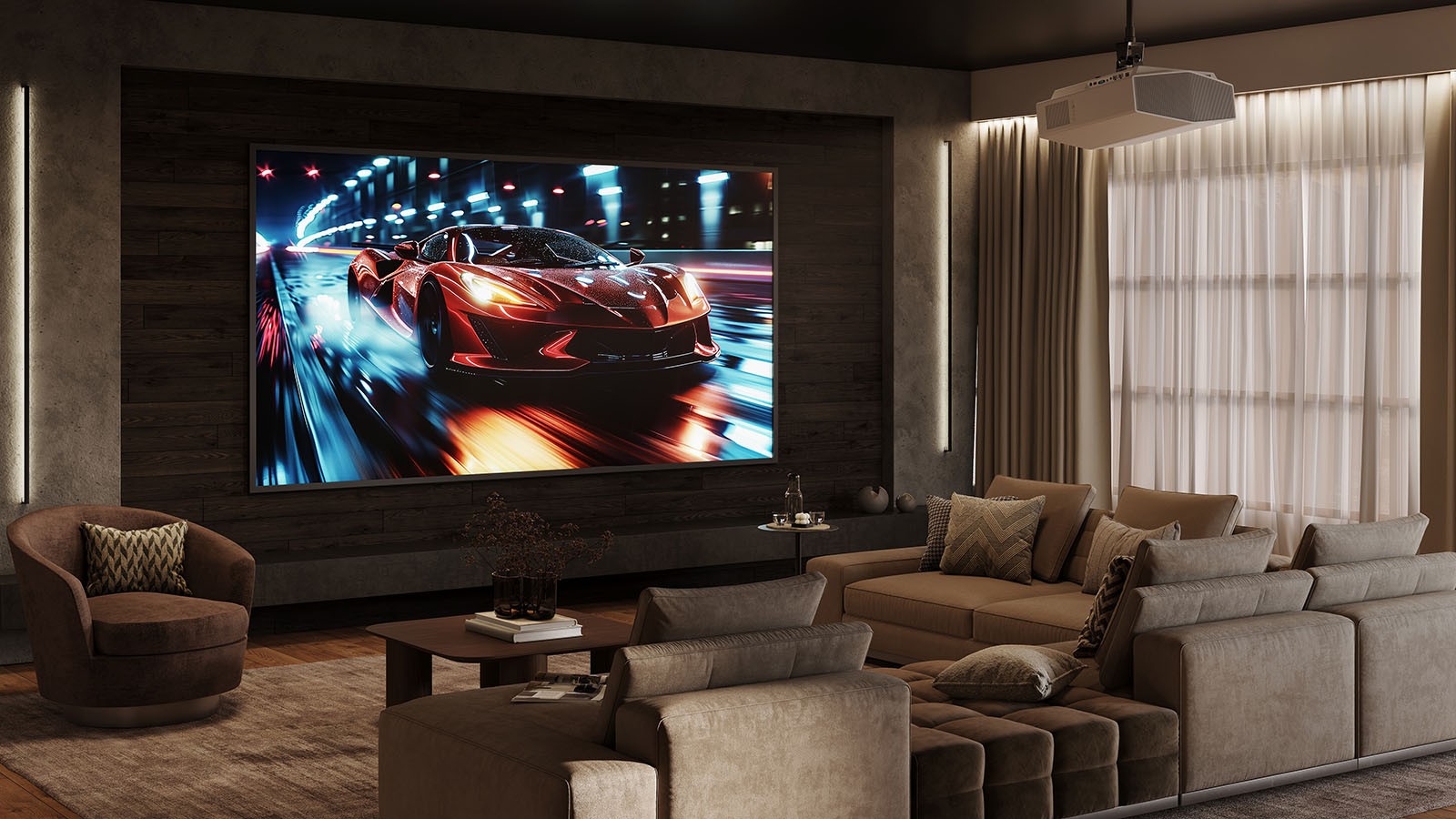Still 100% 4K and 100% laser, the Sony video projector offering is evolving this year with the arrival of the Sony VPL-XW5100ES or Bravia Projector 7 which is positioned in the range above the Sony VPL-XW5000ES and above the Bravia Projector 8, also known as the Sony VPL-XW6100ES.
Sony Bravia Projector 7, processor from the TV division££££
Once its positioning in the range of the Japanese manufacturer has been specified, and in view of its specifications, it should be noted that the Sony Bravia Projector 7 is significantly closer to the Bravia Projector 8 than to the Sony VPL-XW5100ES. Starting with the presence of the XR for Projector processor, directly derived from that used in the brand's televisions. FYI, the XW-x100 references that appeared in 2024 attest for Sony video projectors to the first real collaboration in 2023 between the engineers of the TV division and those of the projector division. Incredible when you know that for ages, the two divisions worked in "silos", that is to say each on its own, to display the best possible image on their respective broadcasters without real interaction. What a waste of time and resources. Better late than never...
Sony Bravia Projector 7, Dynamic Tone Mapping on the menu££££
In short, like the Bravia Projector 8/9, the Sony Bravia Projector 7 now offers image-by-image analysis of brightness via XR Dynamic Tone Mapping processing for a magnified on-screen rendering of colors and black density, with optimization of shadows in dark scenes. It should also be noted that the XR Dynamic Tone Mapping function offers three settings adapted to different types of projection rooms: dark, bright or dedicated room. In addition, a conversion of SDR content to HDR is always required.
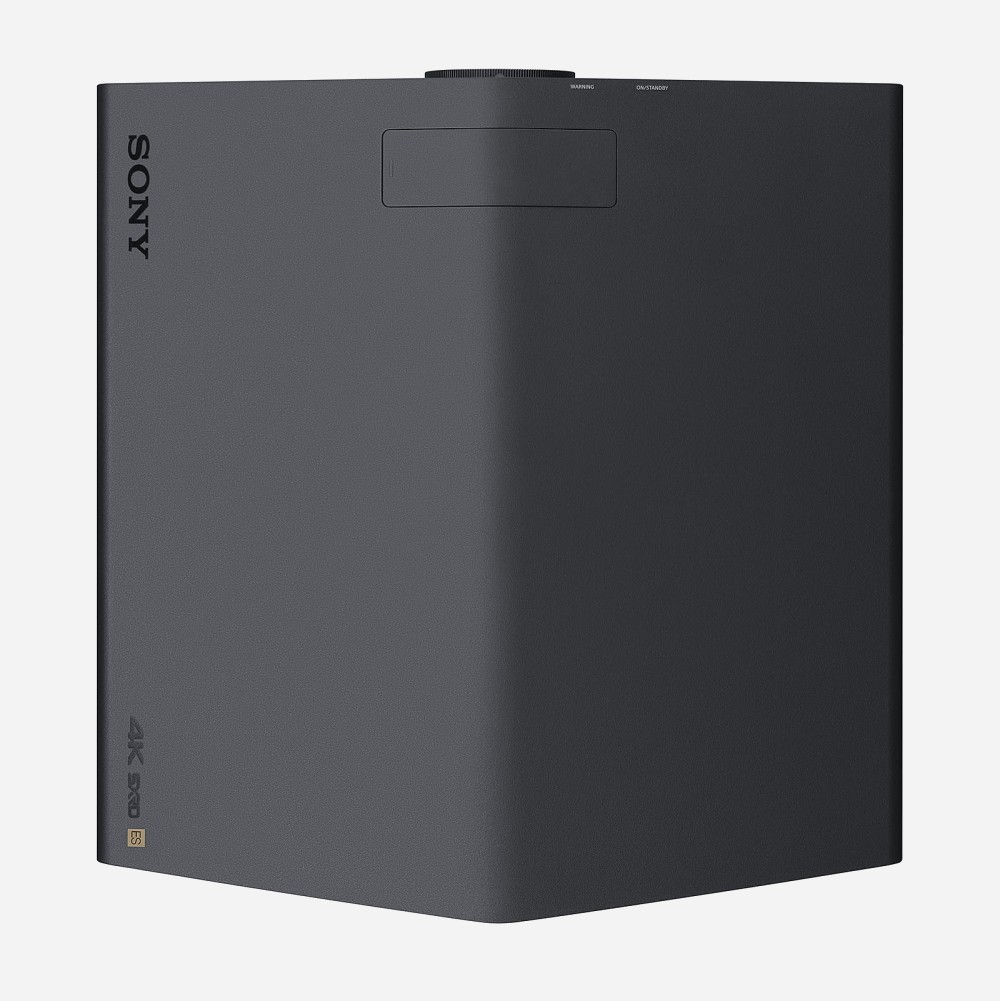
The XR for Projector chip also includes XR Deep Black processing for fine management of the Dimming laser (reduction of energy consumption by 15% on average) and increased depth of blacks (reduction of light intensity of the source), both on SDR and HDR content. Also worth noting: the XR Triluminos (95% of DCI-P3) and XR Clear Image (a rehash of the Object-Based Super Resolution processing of the previous generation of Sony video projectors) features.
Clearly, the DTM (Dynamic Tone Mapping) processing of the Sony VPL-XW5100ES makes the difference compared to the Sony VPL-XW5000ES. An [abc]HDR10[/abc] signal displays much more detail in the image, both in highlights and shadows, with incredible color balance. This is a key addition that alone justifies the price difference between the two references.
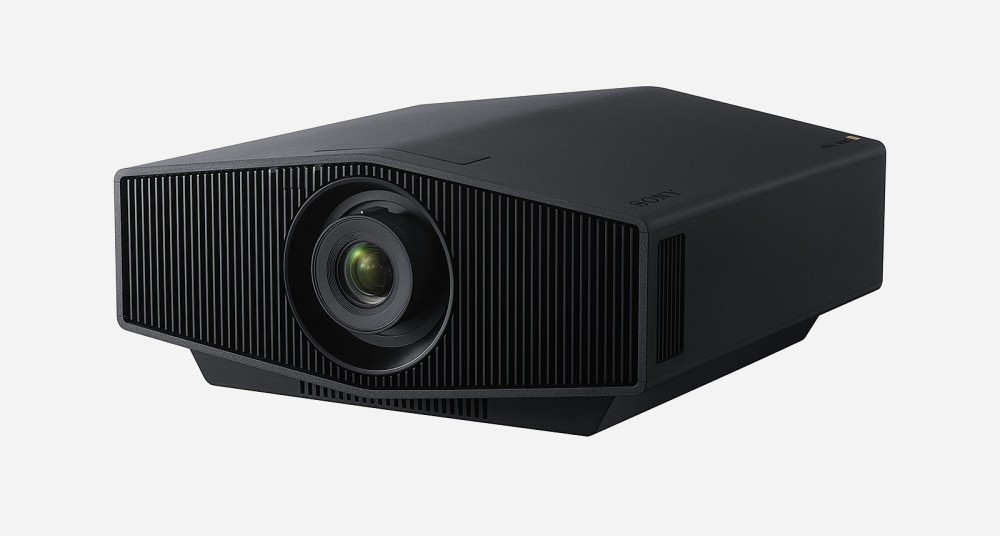
Sony Bravia Projector 7, light output and optics££££
The Bravia Projector 7, still equipped with a Z-Phosphor laser light source (blue laser with phosphor treatment) which has a lifespan of 20,000 hours, offers significantly higher brightness than the Sony VPL-XW5000ES, 2,200 lumens against 2,000 lumens.
On the other hand, the Sony Bravia Projector 7 only has the classic 10-piece optics (9 glass and 1 composite glass) compared to 13 pieces for the Bravia Projector 7 (BP7) and 18 pieces for the Bravia Projector 9 (BP9). Similarly, the front lens is smaller, 54 mm compared to 70 mm for the BP7 and 100 mm for the BP9. Similarly, zoom and vertical/horizontal Lens Shift (+/- respectively 71% and 25%) are manual (motorized on the BP7/BP9) and the BP7 does not offer image memory (compared to 5 on the BP8/BP9), a problem for example when displaying 1.78 (16/9) content in the presence of a 2.35 cinemascope screen. In this case, the top and bottom are displayed above and below the screen, with the effect of cutting off part of the scenery or even the heads and feet of the protagonists on the screen. However, Sony engineers have done things well with the appearance of the new Aspect Ratio Scaling feature. The latter allows a "zoom out" of the 16:9 image in order to scale it to 2.35 without having to readjust the lens.
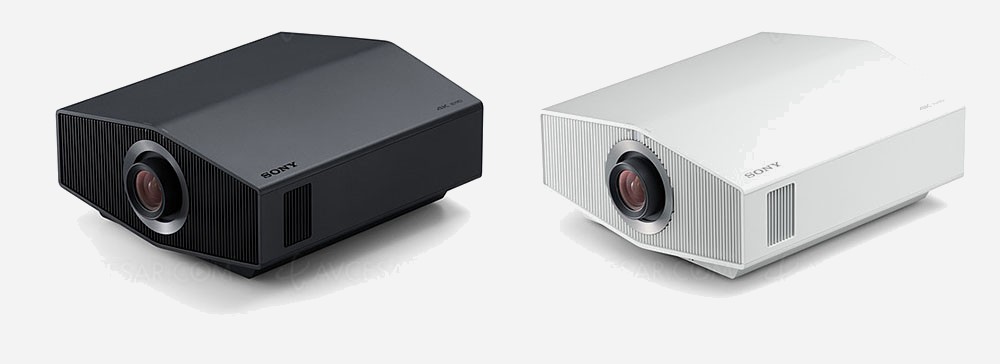
Sony Bravia Projector 7, the design££££
While the design of the [abc]Ultra HD[/abc] [abc]4K[/abc] Sony Bravia Projector 7 laser projector is identical to the XW-5000ES, XW-6100ES (BP8) and XW-8100ES (BP9), the same goes for the black or white colors, its volume is smaller: 472 mm deep compared to 517 mm and 210 mm high compared to 200 millimeters. Its weight is around 13 kg compared to 14 kg for the BP8/BP9.
Sony Bravia Projector 7, 0.61'' SXRD matrix££££
Also present, the [abc]SXRD[/abc] 0.61'' matrices already present on the XW-5100ES and BP/BP9, the smallest in the world, with [abc]Ultra HD[/abc] [abc]4K[/abc] resolution and equipped with a reflective silicone layer for better light control in order to identify shades of black in dark areas without a hitch. Likewise, these 0.61'' matrices use specific liquid crystal materials for increased resistance.

Sony Bravia Projector 7, Input Lag record and 4K120 on the menu££££
Video game enthusiasts will be delighted to learn that the Sony Bravia Projector 7 delivers a record Input Lag of 12 ms with a 2 160p/120 signal, 21 ms with a 1 080p/60 signal. Because, this is one of the realities of the Sony Bravia Projector 7: the management of 4K/120 signals via the HDMI 2.1 connection. Good point, the [abc]ALLM[/abc] function is present, bad point, no [abc]VRR[/abc].
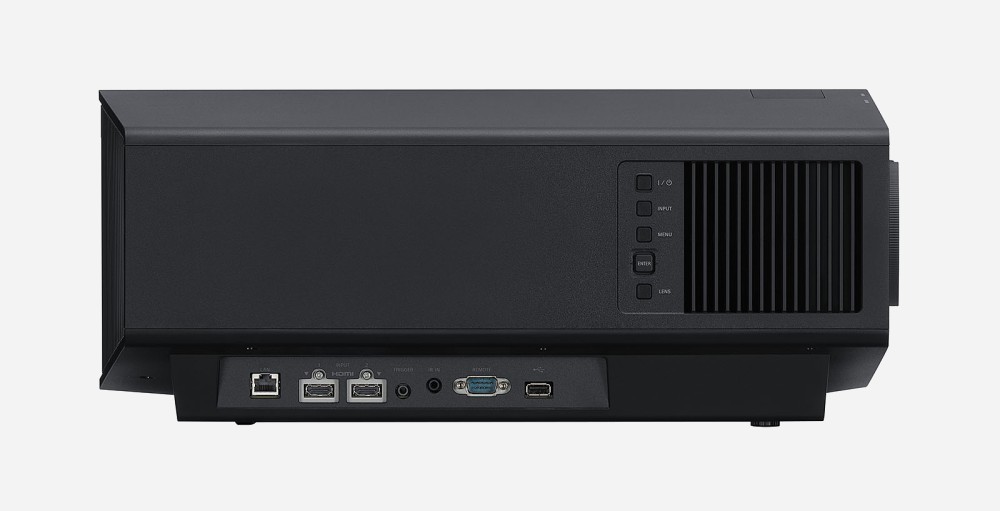
Sony Bravia Projector 7, connectivity and HDR10/HDR HLG££££
The connectivity finally includes two [abc]HDMI[/abc] 2.1 inputs, an [abc]RS-232[/abc] socket, a [abc]Trigger[/abc] 12V, an [abc]Ethernet[/abc] port and a [abc]USB[/abc] port. Of course, the Sony Bravia Projector 7 is compatible with the [abc]HDR10[/abc] and HDR [abc]HLG[/abc] (for Hybrid Log Gamma) standards.
Availability announced for August. Recommended price: 6,999 euros.
Reminder of the key features of the Sony Bravia Projector 7:
• Type [abc]SXRD[/abc]
• Resolution [abc]Ultra HD[/abc] [abc]4K[/abc]
• Native resolution: 3,840 x 2,160 pixels
• SXRD matrix: 0.61'' matrix
• Light source: Z-Phosphor laser
• Brightness: 2,200 lumens
• Input Lag: 12 ms in [abc]2 160p[/abc] at 120 Hz, 21 ms with a signal [abc]1 080p[/abc]/60
• XR Dynamic Tone Mapping functions
• XR Deep Black functions
• XR Triluminos Pro functions
• Functions XR Clear Image
• [abc]HDR10[/abc]
compatibility• HDR [abc]HLG[/abc]
compatibility• [abc]HDCP[/abc] 2.3
compatibility• [abc]3D Ready[/abc]
compatibility• [abc]ALLM[/abc]
compatibility• Gamut: 95% DCI-P3
• Connectivity: 2 [abc]HDMI[/abc] 2.1b inputs certified HDCP 2.3, 1 [abc]RS-232[/abc] socket, 1 [abc]Trigger[/abc] 12V, 1 [abc]Ethernet[/abc] port and 1 [abc]USB[/abc] port
• Lamp life: 20,000 hours (source laser light)
• Lens Shift: vertical/horizontal (+/- respectively 71% and 25%)
• Other: XR Processor for Projector
• Weight: 13 kg
• Dimensions (W x H x D): 460 x 200 x 472 mm
